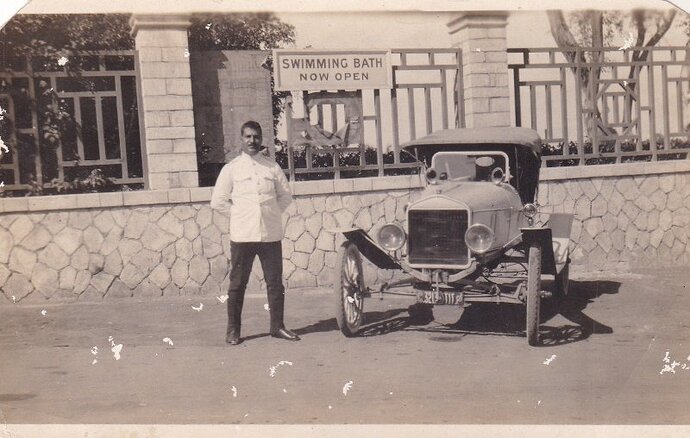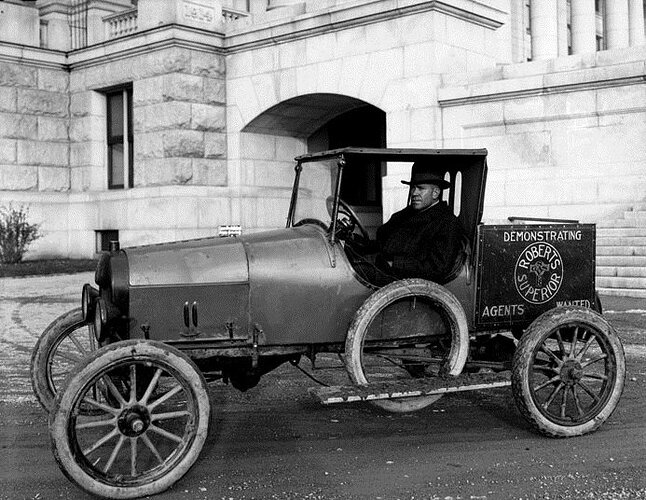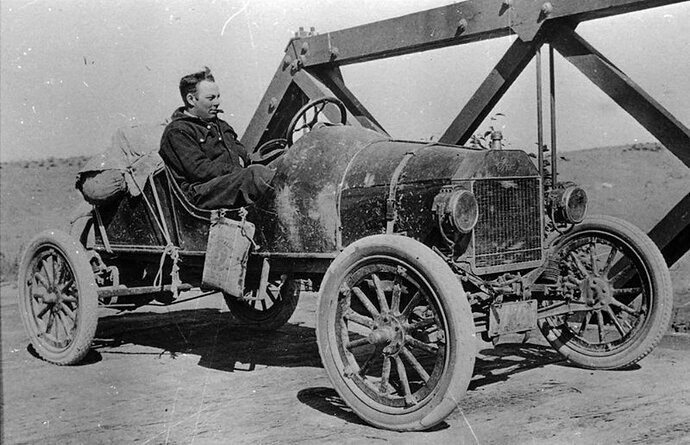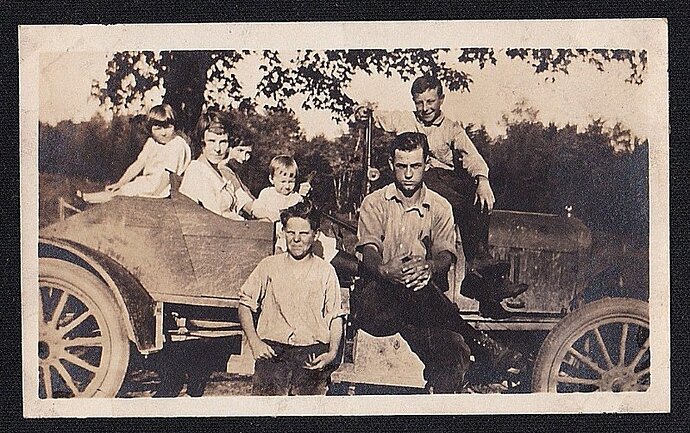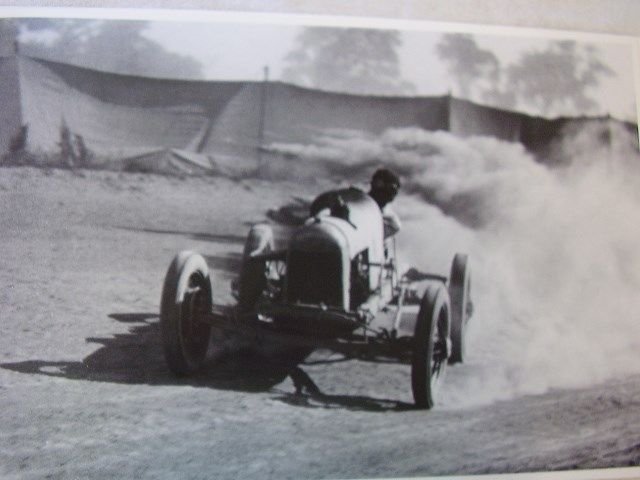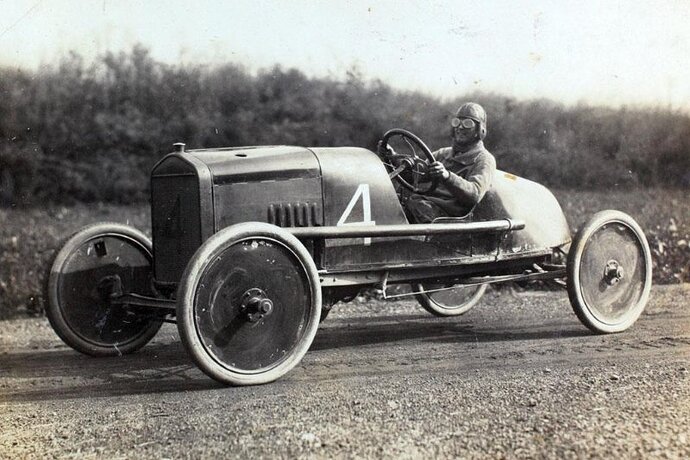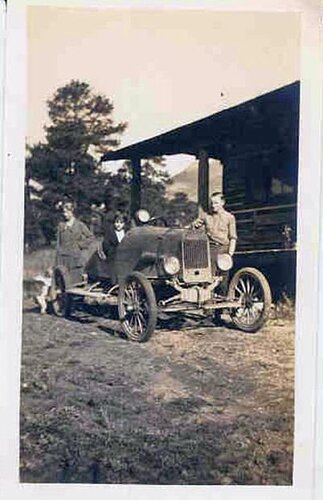So at what point did speedsters become gow jobs become hot rods. Our beloved model t has done more than any other car on the planet!

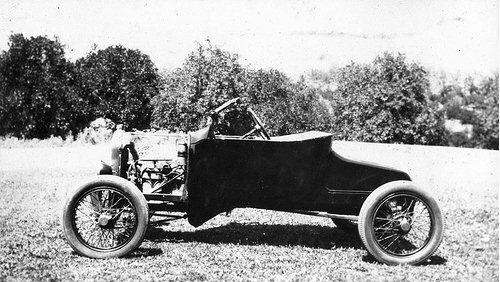
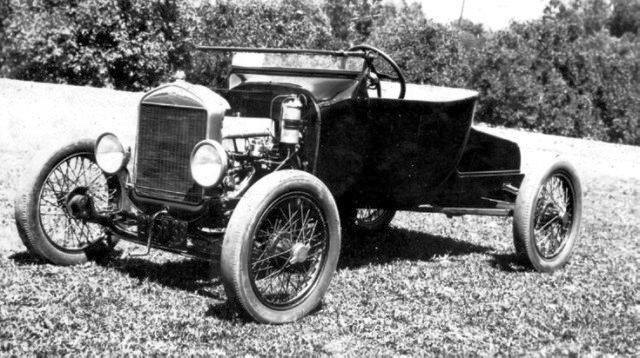
BEAUTIFUL Gow Job. Im saving that one to my folder.
I suspect speedsters and gow jobs went side by side in terms of time frame. Speed even back then cost money. How fast did you want to go? Most of the period speedsters seem to be well equipped if you get what i’m saying.
On the other-hand, a Gow Job could be created in a very short amount of time by buying up a used up Model T for little to no money depending on the time frame. You could simply strip off the fenders, do some effective and cheap lowering and be on your way. Upgrades came at the owners ability to scrimp and save money. I feel that is the category most of us live in.
That is also the basis of my Gow Job build. And to keep it in the 1935 era.
Hot Rods on the other hand, in my opinion, was a after WW II deal----with roots planted just before war time. Again, my opinion.
This is my opinion, based upon 45 years playing with speedsters, reading about them, and studying many hundreds (maybe into the thousands now) of original era photographs.
Basically, there are no hard and fast rules that fit all. In the first place, the word “speedster” has several meanings, mostly around some vehicle that is sporty and fast (I have even seen it used in reference to certain horse-drawn carriages). The fact is, several automobile manufacturers used the name “Speedster” as specific model designations. Some of these cars, looked much like the model Ts we call “speedsters” today. Among those, are Paige in 1912, and Metz in 1914 (there were several others). In the early '20s, several cars including Hudson and Marmon offered sporty low sided four passenger touring type cars which were called “speedster” in the sales literature and factory references. In the late '20s and early '30s, several factory custom cars used the speedster designation. Auburn built several Speedster models, that were called “speedster”, including the famous Auburn boat-tails of the early '30s. A few other marques, even made enclosed cars that sales literature of the day referred to as a “speedster”.
So. Now in reference to our mostly model T “speedsters”. Again, there is no hard and fast rule. “Speedsters” were being built well before the model T Ford began production. At least two model K Fords were modified into speedsters by 1909, as well as a few NRS model Fords. Speedsters were built out of many non-Ford cars as well, and at least by 1905.
However, to really confuse things? The term “speedster” was not universally used anywhere. Many other terms were used for the same cars, in different parts of the USA and the world. “Cut-downs”, “torpedo”, “bugs”, “doodle bugs” (mostly used today in reference to model Ts or other cars cut down for farming or tractor use), among several others I have seen over the years but can’t recall at the moment. Often, they were referred to by the dream they invoked, simply a “race car”. And that was the whole point of the “speedster craze”. To build oneself a car that made them feel like they were driving a “real” racing car. Remember, people in those days were used to horses and bicycles as local transportation. Even most passenger trains rarely exceeded 40 mph anywhere. The family Ford probably NEVER went over 25 mph (15 within town limits). A car that could go 35, with short bursts of even 40 mph was really MOVING!
The era racing car was the key. When one wanted a “speedster”, the first thing one did, was toss the factory body off to the side… Most often (at least on early efforts), fenders and running boards also got thrown to the wayside. all that was really needed was a simple seat (often from an old junked car or sometimes a carriage), with the gasoline tank set behind it. That was how most “real” racing cars were, and that was the look most speedster builders wanted. Most early efforts were somewhat crude, although a few early era photos exist showing some incredible custom Fords in the brass era. By 1915, several companies were offering the parts, and even complete kits, for speedster builders. Ames was one of the earliest and most successful companies to do that. By the end of the “speedster” era, there had been more than fifty significant manufacturers of speedster bodies alone. There were hundreds of companies that made other accessories for the speedster builder. Speedsters came in many forms through out the speedster era. From really crude barnyard builds, to custom order “turnkey” cars ready to drive, through all levels of body types and kits in between. Some had fenders, windshields, even folding tops or bumpers. Many continued to be minimalistic, with little more than a place to put your behind and hang on!
So. When did the “speedster era” end. Some would argue that it never has. I have often said that the “speedster hobby” is one of the longest running automobile based hobbies in the history of the automobile. And that model T Ford speedsters in particular have been built in every calendar year from 1908 until still today. The first ones, were actually the experimental chassis that Ford’s engineers drove around the streets of Detroit at night while testing their design changes. After the model T began production, in 1909 two “speedsters” were custom built in the Ford factory to be raced across the USA from New York to Seattle. By 1910, several Ford dealers had built similar cars for local demonstrations and cross country races to a nearby town. By 1911, private parties by the score were getting into the fun, and it hasn’t stopped yet. Even in World War II (according to remembrances published in numerous magazines over the years), many a high school kid coming of age, with limited resources, and wartime rationing, got an old model T from a local neighbor and rebuilt it a little more to his liking. After the war, the antique automobile hobby was getting a foothold, and some hobbyists began recreating speedsters. That continues still.
All that said. The speedster “era” basically did end. That ending, coincides with the end of model T production. There is no real reason to think that one thing caused the other. They just happened to be about the same time. There probably are many reasons contributing to this. More and better roads had raised the common driving speeds. Much heavier traffic made reckless abandon a lot more dangerous. To some extent, people were growing up. They were getting used to those bigger, faster, and very comfortable newer cars. Another important factor, was the major reason to want a speedster in the first place. It was a dream chasing fantasy, just like a “real” racing car. But the real racing cars of the late '20s were not like the racing cars of the '10s. Real racing cars of the '10s were crude, open, and rough looking. The racing cars of the late '20s were sleek, and polished. More and more with each passing year, that model T in any form looked like an archaic road machine. And making it look like a racing car of the '10s? Simply didn’t help it enough anymore. By 1927, only a handful of companies were still building after-market bodies for model T speedsters. And they were struggling to survive on dwindling sales. In the first half of the roaring twenties? Many thousands of people built and drove speedsters in many variations and qualities of construction.
By the time the new model A Ford hit the showroom? The speedster craze had pretty much ended. Oh, there were still a few speedsters being built. And, maybe, IF the crash and resultant depression hadn’t come along? Maybe some would have continued with the model A chassis. I have seen dozens of modern built model A s"speedsters". I have not yet seen anything to suggest that any significant number were ever built when the model A Ford was a late model car. I did, many years ago, see a 1929 Chevrolet with a custom boat-tail roadster body. It was totally original (missing its engine), but otherwise untouched in decades (and that was fifty years ago).
As for the “Go-Job” (Or gow-job?). They are something different than a speedster. Remember, the first thing one did when building a “speedster”? Was toss the factory body away. And while many speedsters were enhanced with all kinds of power or speed modifications or accessories? Just as many were made to look like racing cars, maybe even lowered and modified in other ways, but remained basically stock in the engine and drive line.
Go-jobs (by any spelling) on the other hand, usually retained a major portion of the original factory body, and usually had significant modifications to enhance speed and performance. Speedsters often had the factory offered wheels, or after-market wheels but still in a size in common use during the model T production years. Most go-jobs used wheels and tires common in the early '30s (many exceptions here, no hard and fast rules).
An interesting thing about speed equipment. Many of the items cherished by speedster owners today, were likely manufactured well after model T production ended. Many Frontenac over-head valve heads, and most Winfield carburetors (especially the downdraft carbs) were manufactured later. Frontenac (I have been told by some that should know) was still selling new heads as late as 1935. Some of the auxiliary transmissions also continued well after model T production ended. Remember, there were a lot of model T trucks still on the road in daily use. Heads and transmissions helped the then aging model TT keep up a bit longer. It has been argued that more Frontenac heads went onto model TT truck engines than went into speedsters or racing cars originally. The same is probably true for auxiliary transmissions.
The “go-job” eventually became the “hotrod”. But now we are heading out of my area of study.
Interesting and well written, thanks.
It seems to me that a speedster is relatively inexpensive and easy to build if you have an old car with the body rusted out. A young man could put one together and have transportation. I don’t know how or if that fits in. But I can tell you this, a speedster is FUN.
Mr. Seldon, Thank you for taking the time to post your article on speedsters. I found it very interesting, informative and well written.
Sincerely, Rick Miller
Jay - your pictures are the BEST! Thanks.
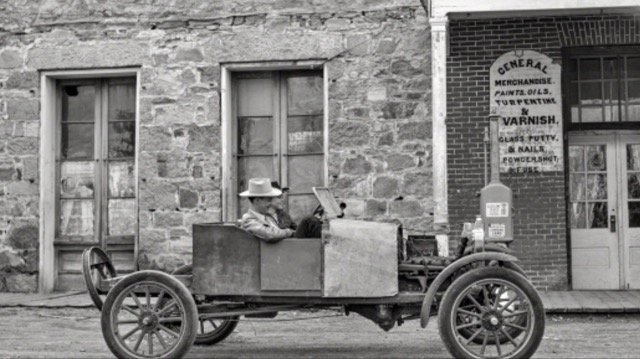

I like speedsters and you post the BEST pictures! Thanks
Jay, some truly awesome pics. Thanks for posting.
Love the Photos Thanks
